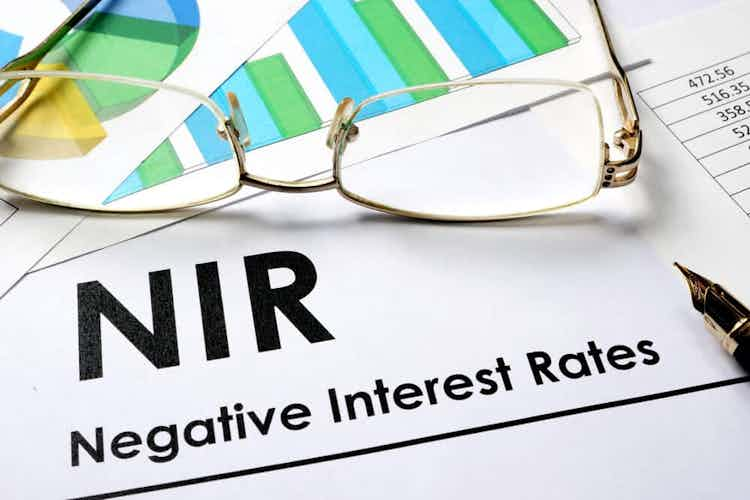As the world continues to deal with the economic consequences of the COVID-19 pandemic, interest rates have fallen for many central banks around the globe. The Bank of England recently announced it is considering introducing negative interest rates, in an unprecedented move aimed towards stimulating the ailing economy. However, such a move could have potentially far-reaching implications for UK Pension Schemes.
A judicious oversight of interest rates is imperative to safeguard any economy. After all, central bank interest rates impact almost all financial aspects of daily life. These rates effectively dictate how costly it is for larger banks to borrow from the Bank of England. In turn, this impacts on the interest rates available to citizens, on everything from personal loans to savings accounts.
Maximise your retirement fund with our panel of pension providers. Click on your chosen provider to get started!
How Can Interest Rates be Negative?
The concept of a negative interest rate may seem confusing at first since at its most basic level it implies that one is "compensated" for borrowing money. However, in times of economic hardship, individuals spend less. They often prefer holding money to spend wisely at later times when prices for goods decrease.
As people spend less money, prices fall, and this vicious cycle of deflation and decreased spending becomes persistent. Negative interest rates are meant to break this cycle by making it costly for individuals to hold on to their money. Indeed, with negative interest rates, it is possible savings accounts incur a maintenance cost for their customers.
It is worth mentioning that negative interest rates have been applied in various countries in the past. Most notably, during the ongoing Eurozone crisis, negative rates were introduced to spur economic activity and mitigate deflation. Also, Japan has historically struggled with deflation and originally introduced a 0% interest policy in 1999 that eventually lowered to negative levels in 2016.
Interest Rates and Pension Schemes
One might wonder how low interest rates impact pension plans. Pension plans require companies to place a value on future pay-outs, which are calculated through the lens of current interest rates. Lower interest rates mean that a specific future value requires more capital now.
Therefore, lower interest rates mean that pensions schemes become a more substantial liability for the issuing entity. One only has to examine current corporate pension schemes to notice that globally, corporations have struggled to finance their pensions at current interest rates. In the United States, for example, only 16 Fortune 500 companies offer defined benefits plans. Some, like General Electric, announced it was going to freeze its employee pension plans last year.
Possible Impacts on Pension Schemes
Real interest rates in the UK (taking inflation into account) have been negative since 2014. Hence, there should be no radical change, given the overall notion that paying back a loan with negative interest rates means effectively paying less than the amount borrowed. On the other hand, as interest rates continue to decrease further, pension liabilities will increase, which is the real crux of the issue.
Furthermore, in the past, interest rates could not decrease arbitrarily. At some point, the cost of saving money in banks becomes more expensive than the cost of physically storing this money. This effectively places a floor on how low interest rates can become (including negative values). This concept, however, is radically changing with the increased usage of digital banking, thus effectively reducing this floor. This introduces further uncertainty on how low interest rates may yet fall, even if they become negative, which in turn increases the present value of pension liabilities.
We are living in a time of unforeseen uncertainty and financial hardship. As interest rates decrease, even possibly becoming negative, pension providers must be cautious with valuation liabilities.
Are you worried about the potential impact of negative interest rates on your savings or pension? Tell us about your experience below!







